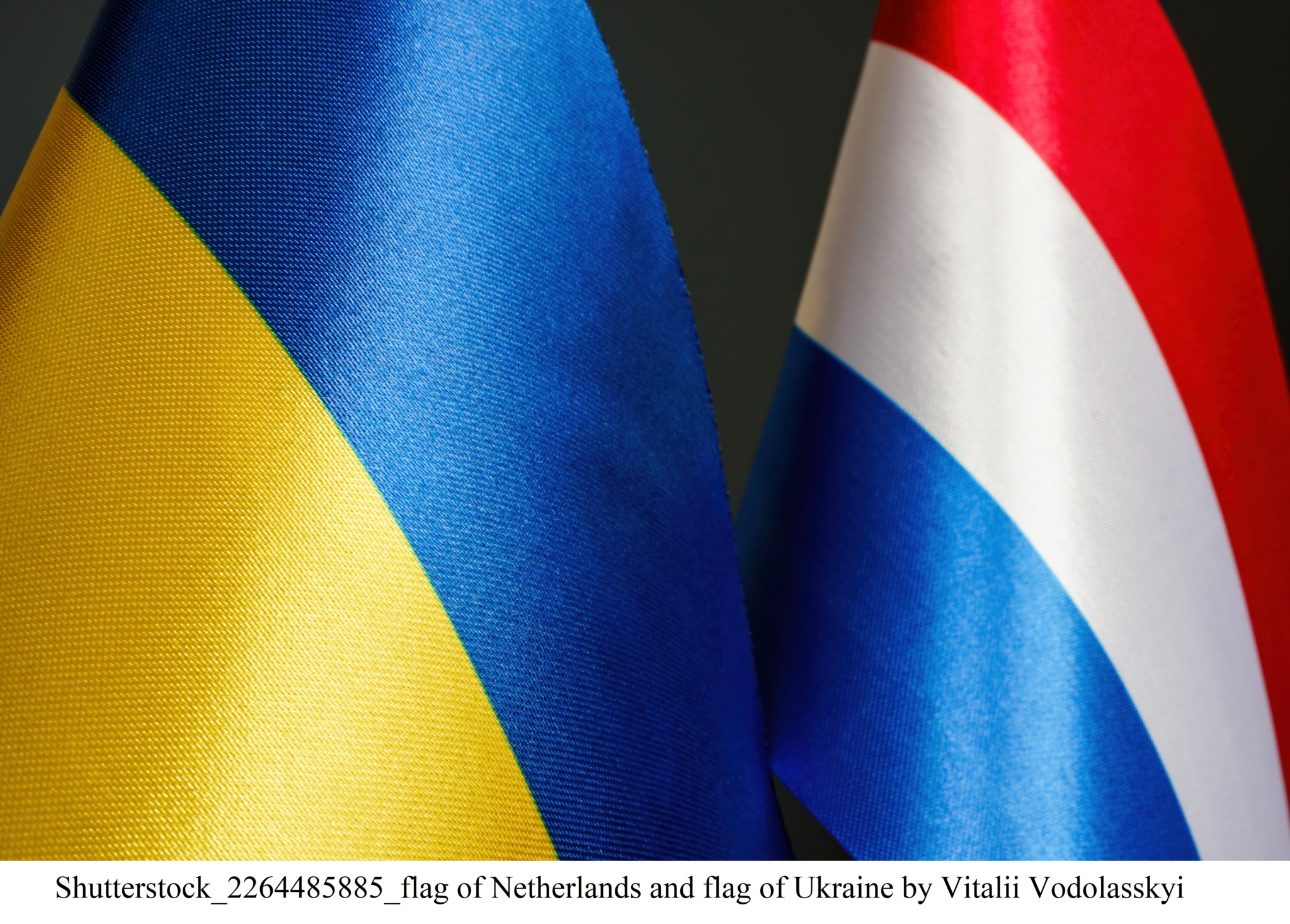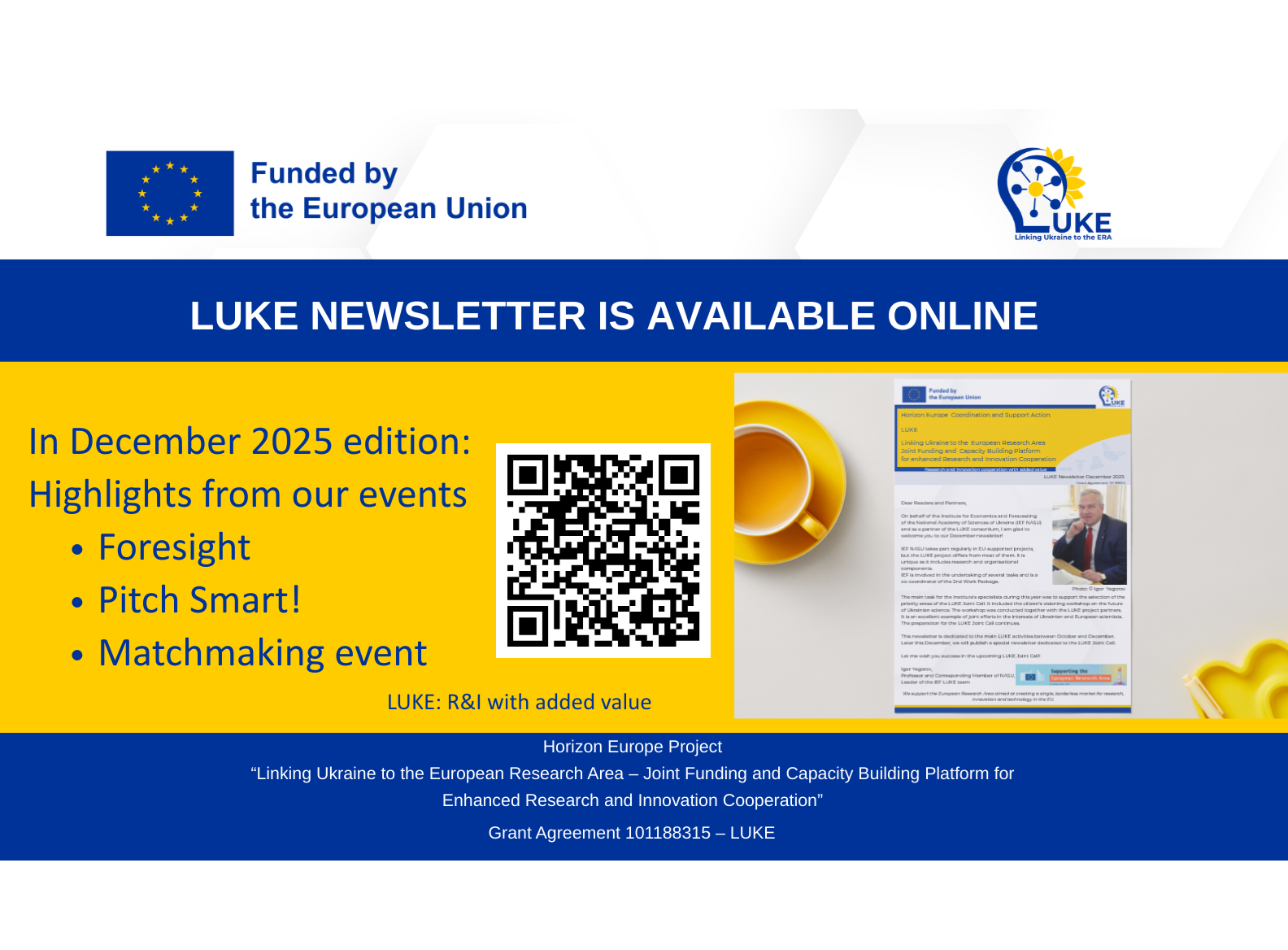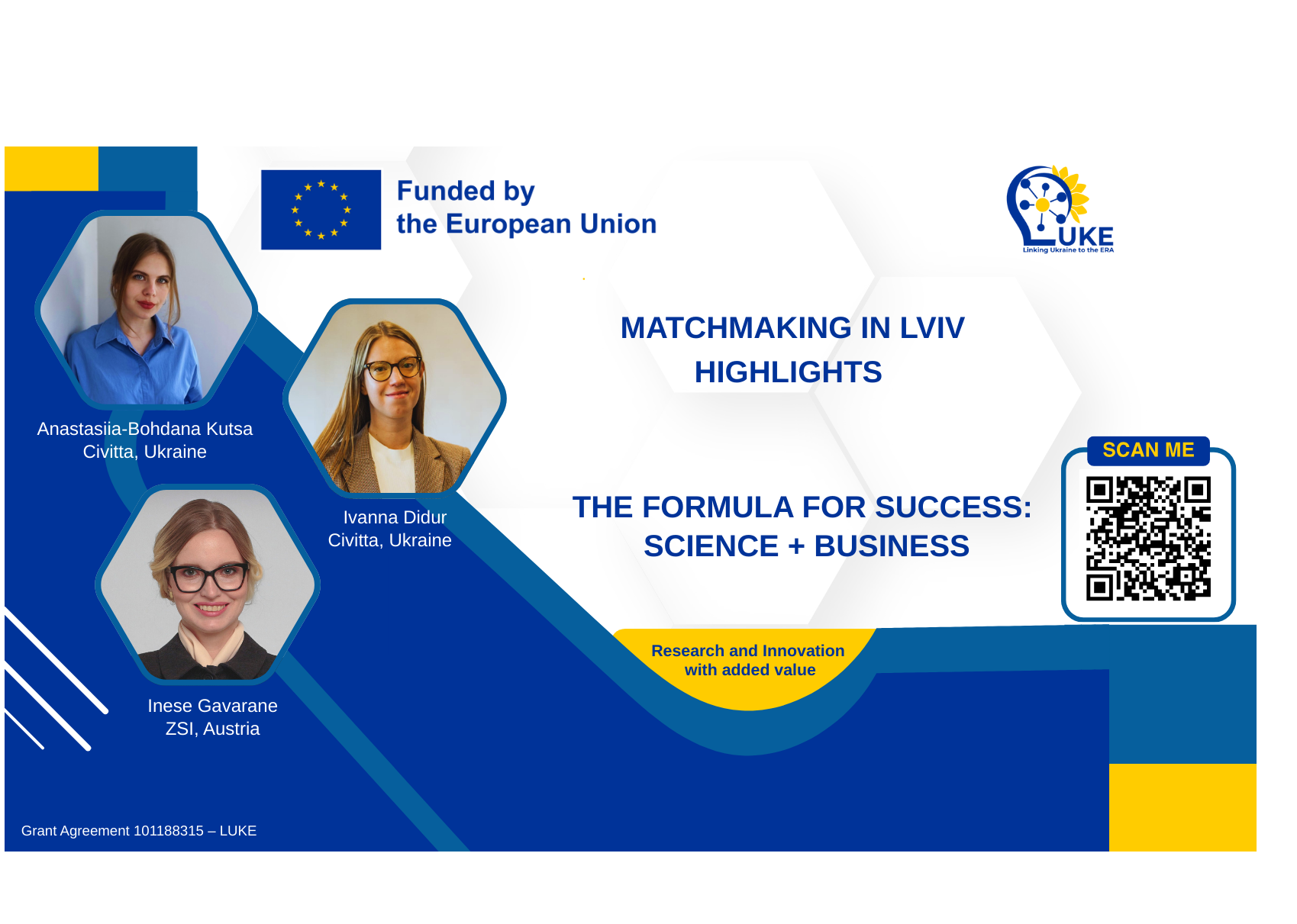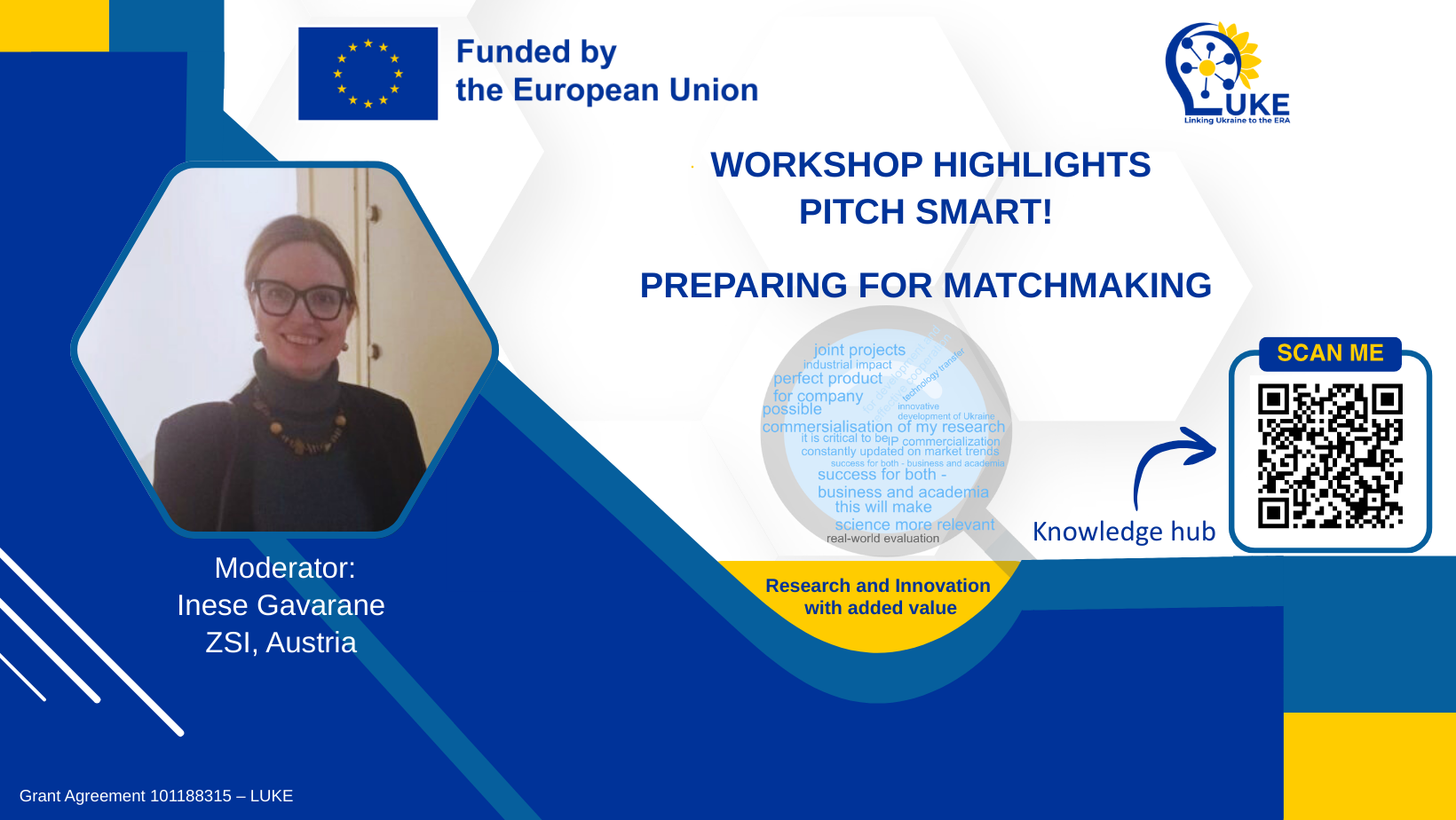The russian army is targeting research institutions, laboratories and universities. The enemy’s plan is simple: to burn out Ukrainian history, science, and culture and to arrange the so-called ‘russian world’.

These plans are often disrupted by Ukrainian researchers and educators. Lecturers of Kherson State University, for example, managed to save the institution’s unique herbarium. A few days after the collection was taken away, russian shellings hit the very place where the herbarium specimens used to be stored.
Ivan Moysiyenko, Head of the Department of Botany at KHSU and a member of the Scientific Council of the National Research Foundation of Ukraine (Section of Biology, Medicine and Agricultural Sciences), also took part in the rescue.
We asked Professor Ivan Moysiyenko what was the value of the collection? How was it saved? Who helped to evacuate the research heritage?
“This is the collection of the Department of Botany at Kherson State University which includes 32,000 herbarium specimens from different countries,” said Mr. Moysiyenko. “It includes vascular plants, lichens, and mosses. There are few specialists in the latter two groups in Ukraine, so the collection is unique. The value of the collection is also determined by the presence of more than 200 typified herbarium specimens.
The Department of Botany is located on the seventh floor of the university building, near the Dnipro River. From the first days of the war, the researchers realized that the building was at risk, so they hid the most valuable typical specimens (24 boxes) in the basement of the university.
On November 11, Kherson was liberated and shelling began almost immediately.
“Professor Oleksandr Khodosovtsev and I went to the city to find out what to do with the herbarium,” Ivan Moysiyenko continued. “We saw that the herbarium specimens in the basement started deteriorating. And it’s not surprising, since it was damp and cold there (the university had not been heated for almost a year), and the herbarium needs stable +15 and above… We decided that we could not leave the collection in Kherson. We started to look for funds. Researchers Oleh Prylutskyi and Daria Shiryaeva coordinated with the Norwegian office of the Global Biodiversity Information Facility (GBIF).”
The Norwegian colleagues instantly made the decision to help, but the very procedure of the funds transfer from Norway to Ukraine was supposed to take 30 days. Once again, everyone worked together to find a way to get the money to Ukraine in a week. And they succeeded.
“As soon as the money was available, Oleksandr Khodosovtsev immediately purchased the necessary materials, packed them up, and helped bring the herbarium of lichens and lichenicolous fungi down to the ground floor. There were 750 boxes in total,” says Ivan Moysiyenko. “After that, I had blisters and calluses on my hands for a long time.”

The only thing left to do was to pack up the herbarium of vascular plants which was stored without boxes, on the shelves of cabinets. Ivan Moysiyenko searched for boxes in Kyiv and finally found them: he bought almost all the necessary plastic containers in all ‘Epicentr’ stores and sent them to Kherson.
Together with the colleagues from the department (Nataliya Zagorodnyuk and Mariya Zakharova also helped), they finished the packing. They worked without electricity and ladders (they had been stolen during the occupation), so it was very difficult to get the folders out of the high cabinets. Finally they packed them, tied them with tape and loaded them into a truck. On January 6, the loaded truck with more than a thousand boxes of the herbarium was already in Ivano-Frankivsk.
“The truck was met by Oleksandr Khodosovtsev (he came by train),” says Ivan Moysiyenko. “Vasyl Stefanyk Precarpathian National University kindly provided us with a room to store the herbarium, and today we are calm. Equipment can be purchased, but the herbarium that has been collected for decades – cannot!
Interviewed by Tetiana Machulina,
Svitlana Galata





